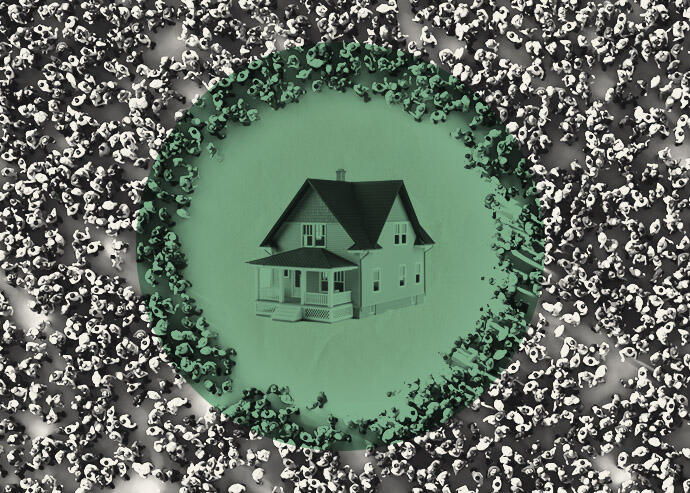 November US home contract signings drop. Yes, drop.
November US home contract signings drop. Yes, drop.
Trending
U.S. home sales dropped 11% amid waning supply
Outpaced demand spurred largest decline in 18 months: Redfin

The wide gap between supply and demand that dominated the U.S. housing market in 2021 appears to have culminated in an almost 11 percent drop in sales at the end of the year.
The number of seasonally-adjusted home sales in December dropped 3.6 percent month-over-month and 10.7 percent year-over-year, according to a report from Redfin. The monthly drop is the largest since May 2020, while the annual decline was the largest since June 2020.
Long Island’s Nassau County saw the biggest year-over-year drop. Sales fell 22.3 percent, followed closely by New Brunswick (21.6 percent) and Albany (20.8 percent).
“Home sales are slumping, but not for lack of demand,” said Redfin chief economist Daryl Fairweather. “There are plenty of homebuyers on the hunt, but there is just nothing for sale.”
That shows in the number of active listings (seasonally-adjusted), which dropped 18.9 percent year-over-year to a record low in December. Detroit was the only one of 88 markets tracked to see listings rise year-over-year, while San Francisco saw one of the biggest drops at 46.1 percent.
Read more
 November US home contract signings drop. Yes, drop.
November US home contract signings drop. Yes, drop.
 Texas capital tumbles from top slot among hot housing markets
Texas capital tumbles from top slot among hot housing markets
Meanwhile, new listings were down 13.4 percent year-over-year, the biggest decline since May 2020.
The small amount of inventory for big demand is pushing prices upwards. According to Redfin, the median sale price hit $382,900 in December, marking a 15.2 percent jump year-over-year and the 17th straight month of double-digit annual percentage increases.
All but one market analyzed saw an annual rise in home prices. Bridgeport, Connecticut, served as the lone exclusion, as prices dropped 0.4 percent year-over-year. Austin, Texas, saw the highest price growth with a 30.3 percent increase year-over-year to $482,149.
Pricing may not look any better in the first weeks of 2022.
“In January, I expect to see more buyers and sellers in the market, but demand will increase more than supply – pushing prices higher at the start of this year,” Fairweather said.
Still, the news isn’t all bad for homebuyers. In December, the average home spent 24 days on the market, seven fewer days than a year earlier but nine days more than six months earlier. That’s one hallmark of a market that is beginning to look slightly less competitive.
Additionally, 43 percent of homes sold above listing price in December. While that’s 9 percentage points higher year-over-year, it’s 14 percentage points lower than it was in June. The average sale-to-list price ratio is also down 2.1 percentage points from June.
The Bay Area saw some of the month’s highest competition. In San Jose, 73.8 percent of homes sold above list price, tied for the highest percentage in the country with Oakland. San Francisco followed at 63.7 percent along with Rochester, New York, ahead of Anaheim at 63.2 percent.




